This post has not been edited by the GamesBeat staff. Opinions by GamesBeat community writers do not necessarily reflect those of the staff.
I was born in 1992, and as a youngster in the mid to late-90s, my exposure to classic video game graphics and sound effects was admittedly limited to the Pokemon series. Luckily though, by Christmas of 1999, my parents must have thought of the Neo Geo Pocket Color as a likely candidate to taking down the handheld behemoth known as Game Boy.
So in that very Christmas of 1999 at age seven, I received a brand-new Neo Geo Pocket Color in an arctic camouflage color scheme. I was ecstatic. I had never heard of such a system, and was genuinely surprised when such a piece of gaming history reached my hands. Obviously, I didn’t think that deeply at such a young age, but I was impressed by the unique system nonetheless.
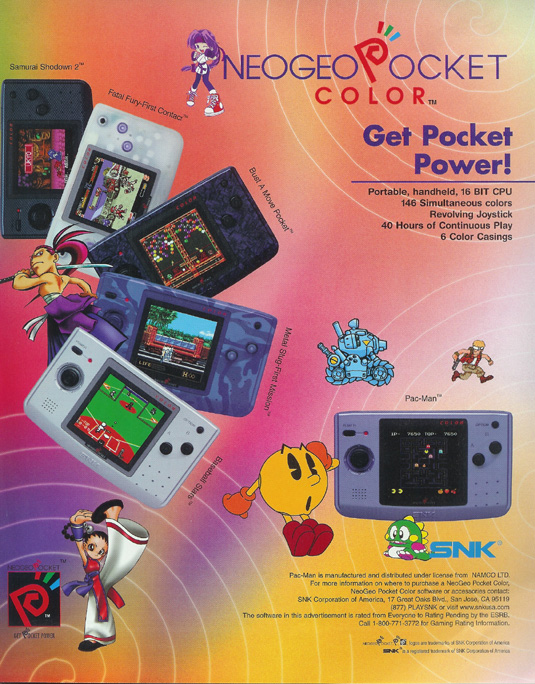
Now as a 17 year-old, ten years after the fact, I’ve been craving a charming retro experience that may harken back to the simpler time of my childhood when graphical detail and orchestral scores weren’t selling points for the most successful video games.
In contemplating the games I’ve missed, I feel almost foolish for investing all my time and parents’ money into what was my beloved Nintendo 64.
Now, looking back, I will attempt to disclose what I feel makes a classic game so charmingly, characteristically “Retro”.
1. Memorable Characters

In this modern world of Modern Warfares and shooters galore, I can’t help but feel a need for meaningful characters. Characters that make an impact on you, make you think or laugh, or are used to discreetly question your values through dialogue or side chatter are often the best characters. These characters should also be entertaining, whether that means using the characters themselves to communicate a parody, or making a character with the sole to serve as a joke in mind. It’s beneficial to keep in mind that these characters grow upon the experiences that you, as the player witnessed — and that their reactions to past events will vary on the severity, or the subtlety of the event.

Characters should be utilized to distinguish “Game A” from “Game B”, rather than helping a game straddle the line between “Game A”, and “Game B”.

2. An Immersive Story
An engaging story is the key to grabbing the player, and making the player truly feel connected to the experience he or she may be playing through, rather than merely grinding for superficial experience points.
 Stories in games should inspire, persuade or give a reason why the player should progress to the next chapter to see what may become of the beloved characters. As you can see, this is something that will fall apart with lacking characters.
Stories in games should inspire, persuade or give a reason why the player should progress to the next chapter to see what may become of the beloved characters. As you can see, this is something that will fall apart with lacking characters.

3. A Consistent, yet Impressive Atmosphere and Art Style
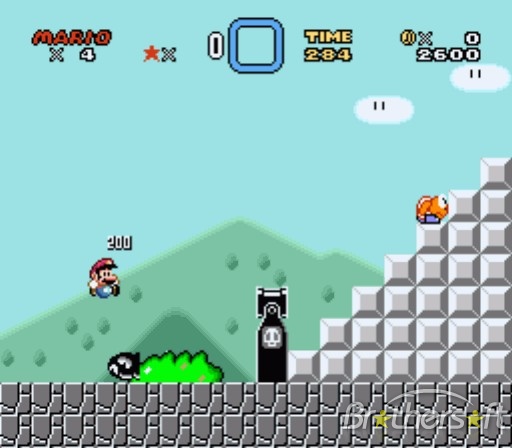
An atmosphere in a classic game is integral to the player’s immersion — every path, enemy, and level background plays both, in ways big and small, to the enjoyment the player may
derive from the experience.
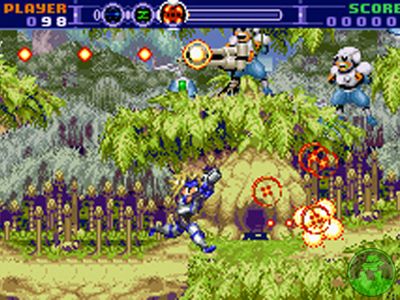
The best types of atmospheres are the ones that are unashamedly unique, and the ones that are willing to go outside of boundaries. An example of this would be something like Earthbound, while a contemporary example would be Persona 4.
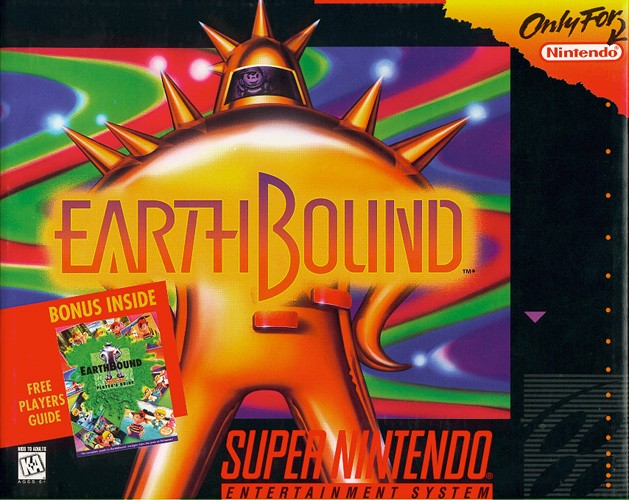
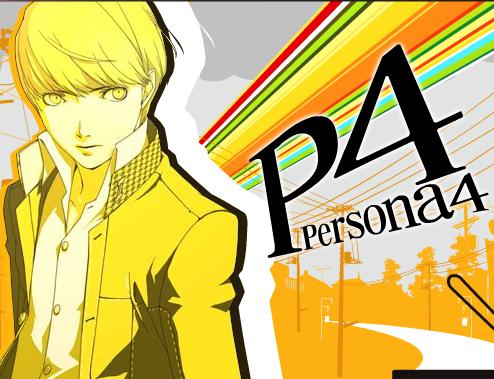
On one last point, these games aren’t determined by the time in which they were made, but rather a combination of the three components I mentioned above. I mean look at Mega Man X (Ten) — sure it’s arguable that Mega Man X was merely created with a retro art style, but I feel it’s like a nostalgic continuation of the Mega Man franchise simply in a style that harkens back the game’s classic roots.

Well there you have it, my two cents on how I perceive most retro games are and should be.
